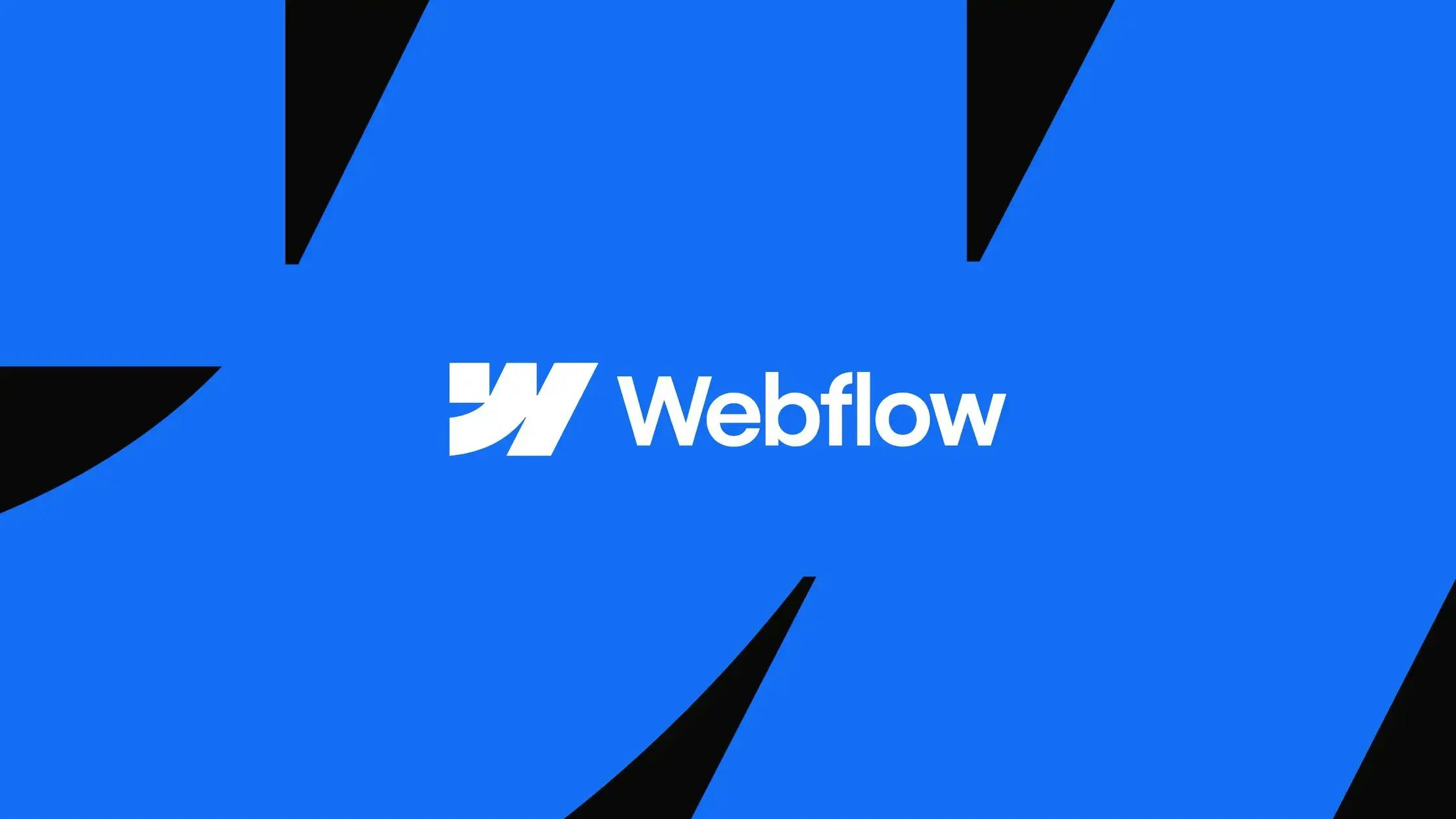Webflow vs. Traditional Web Design: A Comparison

Webflow is a revolutionary no-code web design tool that has transformed how businesses approach website creation. Unlike traditional development methods that require extensive coding knowledge, Webflow provides a powerful visual interface that allows users to create sophisticated websites through drag-and-drop functionality.
Launched in 2013, Webflow has gained significant traction among designers and businesses seeking a middle ground between DIY website builders and complex custom development. The platform combines the flexibility of custom coding with the accessibility of visual design tools, making professional web design more approachable for non-technical users.
With Webflow, designers can easily customize layouts, typography, animations, and interactions while the platform automatically generates clean, semantic code in the background. This approach has made it increasingly popular among creative agencies, freelancers, and businesses who want professional-looking sites with easy content management capabilities.
Pros and Cons of Using Webflow
Advantages of Webflow
Visual Development Environment Webflow's primary strength lies in its visual interface that allows designers to see changes in real-time. This immediate feedback loop significantly speeds up the design process and reduces the gap between design and development.
Responsive Design Made Easy Building responsive websites in Webflow is intuitive, with visual breakpoint controls that let designers optimize layouts for different screen sizes without writing media queries.
CMS and E-commerce Integration Webflow includes a built-in content management system and e-commerce functionality, allowing businesses to manage their content and products without requiring additional plugins or systems.
SEO-Friendly Output The platform generates clean, semantic HTML and allows for comprehensive SEO optimization including meta tags, alt text, and structured data.
Disadvantages of Webflow
Learning Curve While marketed as "no-code," Webflow requires understanding web design principles and can be complex for complete beginners. The interface, while powerful, can be overwhelming initially.
Pricing Structure Webflow's pricing can become expensive for larger projects or businesses needing multiple sites. The hosting costs are higher compared to traditional hosting solutions.
Limited Customization Despite its flexibility, Webflow has limitations when it comes to highly specialized functionality that might require custom code or complex integrations.
Vendor Lock-in Migrating away from Webflow can be challenging since the visual development approach doesn't translate easily to other platforms.
Exploring Traditional Web Design Methods
Traditional web design encompasses the time-tested approach of hand-coding websites using fundamental web technologies: HTML for structure, CSS for styling, and JavaScript for interactivity. This method has been the foundation of web development since the internet's early days and continues to power many of the world's most sophisticated websites.
The Traditional Development Process
Custom Code Architecture Traditional web design allows developers to write every line of code, providing complete control over website functionality, performance, and user experience. This approach enables the creation of truly unique features and optimizations.
Framework and CMS Integration Developers can choose from various frameworks (React, Vue.js, Angular) and content management systems (WordPress, Drupal, custom solutions) based on specific project requirements.
Performance Optimization Hand-coded websites often achieve superior performance through custom optimization techniques, efficient code structure, and tailored solutions for specific use cases.
Advantages of Traditional Methods
Unlimited Customization Every aspect of the website can be customized to exact specifications, allowing for unique features and integrations that may not be possible with visual builders.
Scalability Custom-coded websites can be built with complex scalability requirements in mind, handling large amounts of traffic and data more efficiently.
Technology Freedom Developers can choose the most appropriate technologies for each project, ensuring optimal performance and future-proofing.
Challenges of Traditional Approaches
Technical Expertise Required Traditional web design requires significant programming knowledge and ongoing education as technologies evolve.
Development Time Building websites from scratch typically takes longer than using visual builders, especially for simpler projects.
Maintenance Complexity Clients often depend on developers for updates and changes, making ongoing maintenance more complex and potentially expensive.
Detailed Comparison: Webflow vs Traditional Web Design
Development Approach
Webflow: Visual development through drag-and-drop interface with automatic code generation Traditional: Hand-written code using HTML, CSS, JavaScript, and various frameworks
Time to Market
Webflow: Faster for small to medium projects (days to weeks) Traditional: Longer development cycle (weeks to months) but more thorough planning phase
Customization Level
Webflow: High customization within platform constraints Traditional: Unlimited customization possibilities
Maintenance and Updates
Webflow: Client-friendly interface for content updates, platform handles technical maintenance Traditional: Requires developer involvement for changes, but offers more control over updates
Cost Considerations
Webflow:
- Monthly subscription fees ($14-$39+ per site)
- Higher hosting costs
- Lower initial development costs
- Ongoing platform dependency
Traditional:
- Higher initial development investment
- Lower ongoing hosting costs
- Flexibility in hosting choices
- Potential savings for complex, long-term projects
Performance and SEO
Webflow: Good performance out-of-the-box, automated SEO features, but limited optimization control Traditional: Superior performance potential through custom optimization, complete SEO control
Learning Curve
Webflow: Moderate learning curve, requires design understanding Traditional: Steep learning curve, requires programming expertise
Team Collaboration
Webflow: Designer-friendly, visual collaboration tools Traditional: Developer-centric, requires version control systems and technical coordination
Making the Right Choice for Your Project
Choose Webflow When:
Small to Medium Business Websites Webflow excels for marketing websites, portfolios, and business sites that need professional design without complex functionality.
Fast Turnaround Required When time-to-market is critical and the project scope fits within Webflow's capabilities.
Design-Centric Teams If your team has strong design skills but limited development resources, Webflow bridges that gap effectively.
Content Management Priority Webflow's CMS makes it easy for non-technical team members to update content regularly.
Choose Traditional Development When:
Complex Functionality Required E-commerce platforms with custom features, web applications, or sites requiring specific integrations.
Large-Scale Projects Enterprise websites with extensive content, multiple user types, or complex data management needs.
Performance Critical Applications When maximum performance optimization is essential for user experience or business requirements.
Long-term Cost Considerations For businesses planning to maintain their website for many years, custom development may offer better ROI.
Hybrid Approaches
Many successful projects combine both approaches:
- Using Webflow for marketing pages and traditional development for web applications
- Starting with Webflow for rapid prototyping, then migrating to custom solutions as needs grow
- Employing Webflow for client presentation sites while maintaining custom admin systems
Frequently Asked Questions
Can I migrate from Webflow to a traditional setup later?
Migration is possible but requires rebuilding the site from scratch. Webflow exports static HTML/CSS, but the visual development structure doesn't translate directly to traditional development workflows. Planning for potential migration from the start can ease this process.
How do hosting costs compare between the two approaches?
Webflow hosting: $14-39+ per month per site, includes CDN and basic analytics Traditional hosting: $5-50+ per month depending on requirements, with more hosting provider options
For multiple sites or high-traffic projects, traditional hosting often becomes more cost-effective.
What about website performance and loading speeds?
Webflow: Generally good performance with built-in optimization, but limited control over advanced optimizations Traditional: Superior performance potential through custom optimization, code splitting, and advanced caching strategies
Webflow sites typically perform well for most business needs, while custom development allows for optimization that can achieve exceptional performance.
Can Webflow handle e-commerce requirements?
Webflow includes e-commerce functionality suitable for small to medium online stores. However, complex e-commerce requirements (advanced inventory management, multiple payment gateways, custom checkout flows) often require traditional development approaches.
How important is SEO capability in this decision?
Both approaches can achieve excellent SEO results:
- Webflow: Automated SEO features, clean code output, easy meta tag management
- Traditional: Complete control over technical SEO, custom optimization strategies, advanced schema implementation
For most businesses, Webflow's SEO capabilities are sufficient, while enterprises with complex SEO requirements may benefit from custom development.
What happens if Webflow discontinues or changes significantly?
This vendor lock-in risk is a legitimate concern. Traditional development offers more independence, while Webflow users depend on the platform's continued operation and stability. Consider your risk tolerance and have contingency plans for critical business websites.
Is it possible to add custom code to Webflow projects?
Webflow allows custom HTML, CSS, and JavaScript through embed elements and page settings. However, this capability is limited compared to full custom development and should be considered carefully within the platform's constraints.
Conclusion
The choice between Webflow and traditional web design ultimately depends on your specific project requirements, team capabilities, timeline, and long-term goals. Webflow offers an excellent solution for businesses needing professional websites quickly with ongoing content management capabilities. Traditional development remains the best choice for complex applications requiring maximum customization and performance.
Consider starting with a clear assessment of your requirements, timeline, and budget. Many successful businesses use both approaches strategically, choosing the right tool for each specific project or website section.

Senior Developer